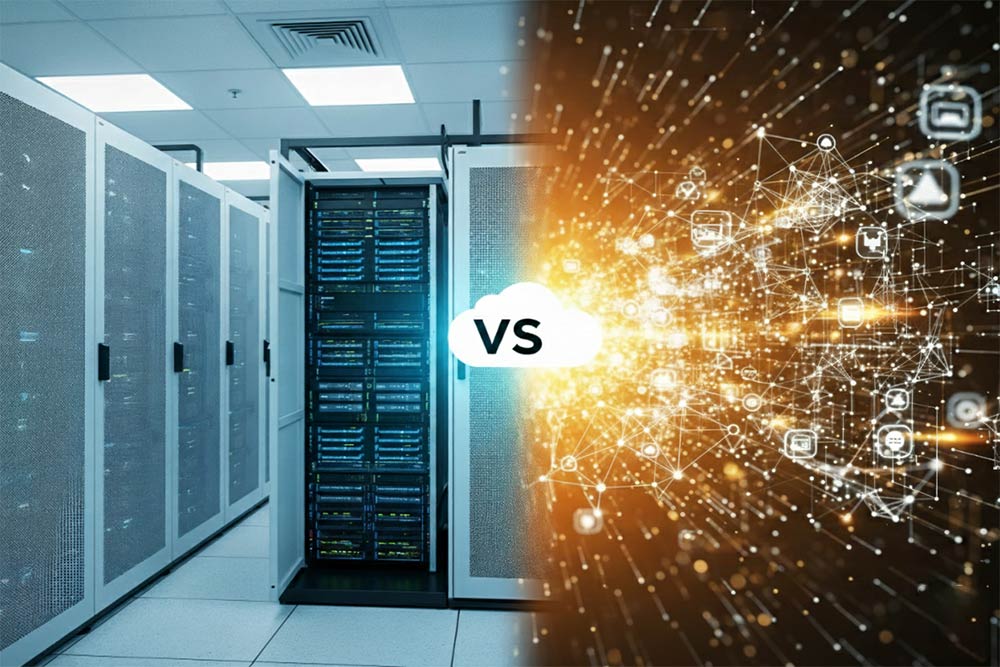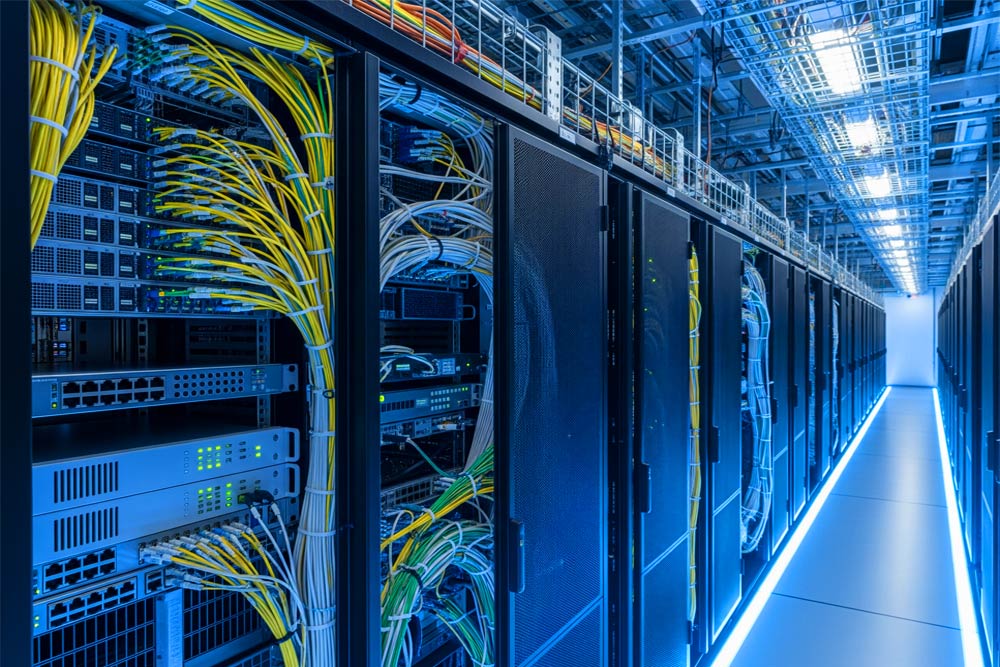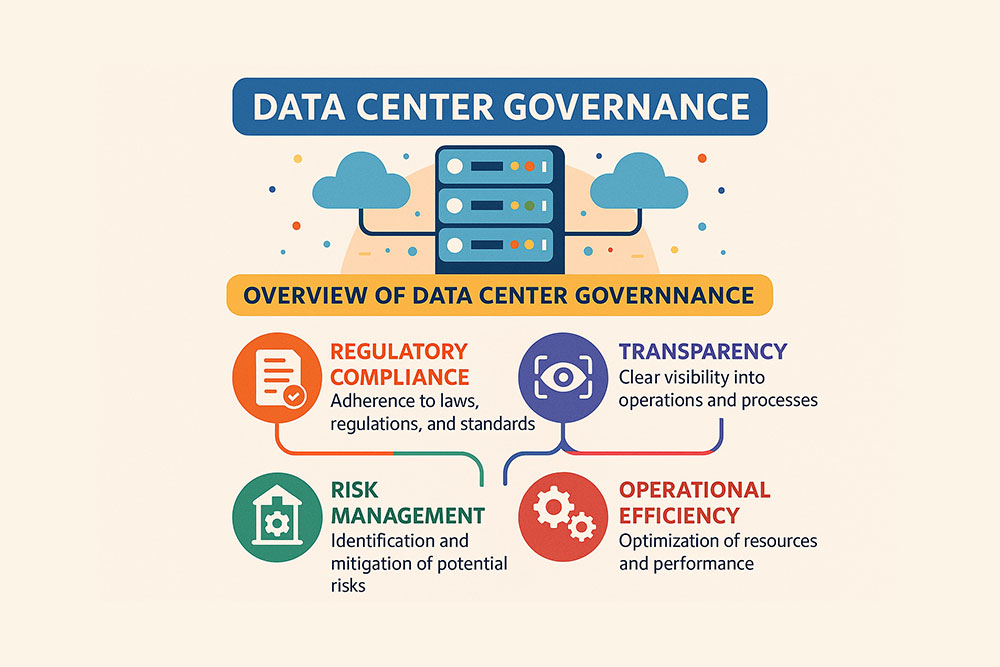Connectivity needs are putting the traditional, centralized IT infrastructure to the test. Today’s business requirements are pushing organizations more and more to implement network modernization solutions that can support the growing demands of emerging technologies.
Legacy centralized designs were great at their time. However, as times change and networks become increasingly complex, these old infrastructures become stiff and prone to latency. We need new interconnected architectures that can provide the efficiency, speed, reliability, and scalability distributed businesses need today.
Network modernization always stands at the base of digital transformation. It is crucial in optimizing network performance and traffic flow and offering the flexibility needed to succeed in specific digital ecosystems. Network modernization follows as technology evolves, preparing the necessary frameworks for businesses to grow and confidently handle future challenges.
This blog article discusses how organizations should prepare for the future and take their network to the next level by interconnecting the digital core with network modernization. Discover strategies to upgrade your infrastructure, boost performance, and enhance security in today’s digital age.

Why Businesses Need Network Modernization?
The advancements in technology in recent years have started a wave of significant changes that call for businesses to modernize and optimize. Cloud computing, machine learning and AI, automation, remote work, and the fast spread of IoT – have all required transformation and operation changes. While many businesses have introduced upgrades to parts of their infrastructure to support the new needs, in many cases, the network has remained unchanged.
Nevertheless, the pace in today’s business environment is fast, and as a consequence, performance issues have a much bigger impact. Delays can result in extra costs, a degraded customer experience, and lost profit.
Organizations worldwide are investing in network modernization to improve their performance and stay on the cutting edge in the present and the future.
The Effect of the Pandemic
Before the pandemic, company networks used to be mainly physically space-bound to the office’s location. For many organizations, that changed radically with the pandemic, when employees and companies had to reorganize and adapt to working remotely. Connecting to different networks other than the company’s own has brought some security concerns and the need for network modernization to support better connections.
More Hybrid and More Multi-Cloud
Cloud technology plays an increasingly important role in our highly distributed world. As a noticeable tendency, companies are using multiple cloud environments more and more. This allows organizations to benefit from the different advantages of public, private, and edge environments. However, keeping everything connected and secure in hybrid multicloud environments can be challenging, often resulting in inefficient apps and customers complaining about the experience.
As part of a network modernization strategy, organizations are implementing changes, one of them being automation. Automated monitoring of multicloud networking for connectivity management between different cloud environments will foreseeably gain traction in the upcoming period. Automation allows you to see in detail how the parts of your infrastructure are connected. AI allows you to identify issues and inefficiencies in real time, making it possible to solve problems before they escalate.
A good modernization strategy that simplifies connectivity can go a very long way. Putting an emphasis on edge security and routing is also crucial for an efficient networking strategy that makes connectivity between different environments much easier to control.
The Role of the Edge
Edge computing is growing in popularity as more and more applications require low-latency data processing to function. For these use cases, efficiency on the edge is crucial. So, if you’re in the middle of an IT transformation, leveraging the edge as part of a hybrid multicloud solution can bring balance and flexibility to handling workloads.
Edge security, however, needs to be taken seriously, as edge data centers are located in dispersed locations that can become targets of attacks. For secure connections between clouds, on-prem infrastructures, and networks, organizations frequently deploy VNFs and firewalls on the edge to facilitate routing and achieve a greater level of security.
Upgrading to SD-WAN
As companies undergo network modernization, SD-WAN strategies are becoming more prevalent to support distributed architectures and edge computing and improve network quality.
Previously, connecting branches back to the central office was done through an MPLS connection or an MPLS cloud. And yes, MPLS is a well-functioning, mature solution; however, when it comes to scaling up, the expenses exceed what most companies are willing to pay for a solution. Also, today, we are not only connecting to a central office but have to deal with the complexity of hybrid multicloud networks, where everything has to work together efficiently. That’s why any network modernization that aims to stay up-to-date in the future chooses to implement SD-WAN as opposed to MPLS.
SD-WAN technology comes with significant benefits for multicloud environments. Greater flexibility, scalability, better security, lower costs, and overall better network efficiency are the reasons behind its popularity. Although you can find hardware specifically made for SD-WAN, it is a software-defined solution that practically runs on any router.
SD-WAN makes the functioning of branch offices much easier by facilitating remote access to cloud applications. Connecting remote sites to corporate offices is our paradigm, and SD-WAN does a great job of providing the best solution for that. Because of the high availability it provides, SD-WAN is gaining traction as a remote work deployment as well.
Organizations adopt the technology to improve network agility. SD-WAN makes this possible by allowing prompt adjustments when network needs suddenly change.
The Spread of Containerization
Virtualization technologies are becoming the stars of network modernization solutions. Containerization, or “lightweight virtualization,” differs from regular virtualization because it lacks the hypervisor layer. Thus, the host operating system can sit directly on the hardware. It also differs from the hypervisor-based solution in that it isolates applications at the process level. Operating like this not only improves security but also provides a much more efficient way to manage consumption-based applications.
Containerization is “lightweight” because it offers a much less voluminous solution than other networks. Also, containers are the best solution for service-based, lighter workloads. Network modernization provides a great opportunity for organizations to assess their workloads and determine which ones are suitable for migrating to containers. This helps reduce footprint and increase efficiency.

Find a Trusted Partner For Your Network Modernization Goals
Who you will work with is of crucial importance when it comes to handling the challenges of the future. Finding a partner that can efficiently support your network modernization goals is vital to your future success. A future-proof partner preferably has a remarkable reach and a robust network of connections to partners and different services. To handle the diversity and complexity of workloads in the most optimal ways possible, look for a partner that offers flexible infrastructure and managed service choices.
Network and Infrastructure From Volico
Our redundant network & infrastructure solutions at Volico Data Centers are designed to handle all kinds of demands while offering security and resiliency. Volico’s carrier-neutral data centers provide network and service independence, allowing our customers to choose the best option for their needs. Our blended internet service offers access to a minimum of four carriers simultaneously. The network infrastructure is diverse and redundant; the equipment is best in class, and our support will leave you with a superior impression.
If you’d like to learn more about network modernization and how Volico Data Centers can help you achieve your digital transformation goals, call us today at (305) 735-8098 or chat with a member of our team for details.










